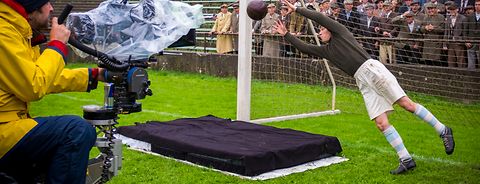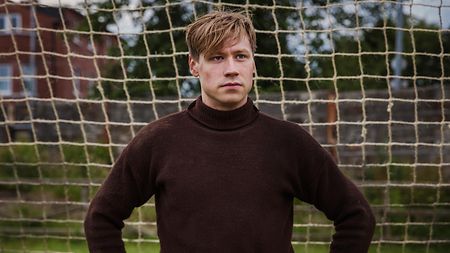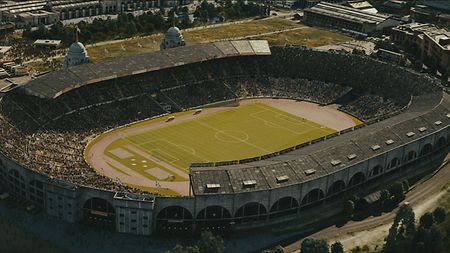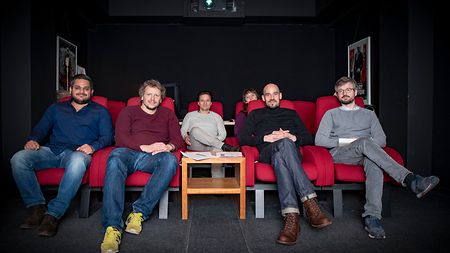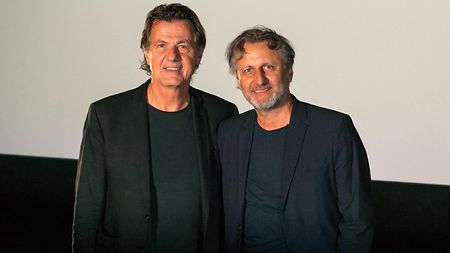“Trautmann” (UK film title: "The Keeper") tells the story of the German prisoner of war Bernd Trautmann (played by David Kross), who wrote football history as a legendary goalkeeper in England. What fascinated you about this topic?
I find the subject behind the story very exciting. The superficial story is quickly told: A German prisoner of war in England is discovered while playing soccer among soldiers. He is first engaged by a provincial club and finally signed by Manchester City as goalkeeper. The fans don’t like it at all, but then, in the legendary FA Cup Final of 1956 at Wembley Stadium, Trautmann secures his team a spectacular victory—and conquers their hearts. As the icing on the cake, during the game he breaks a cervical vertebra, but continues to play injured for the last 15 minutes. He was celebrated and revered as a hero in England. Soccer is one thing, but it’s basically about more important issues like forgiveness and reconciliation.
